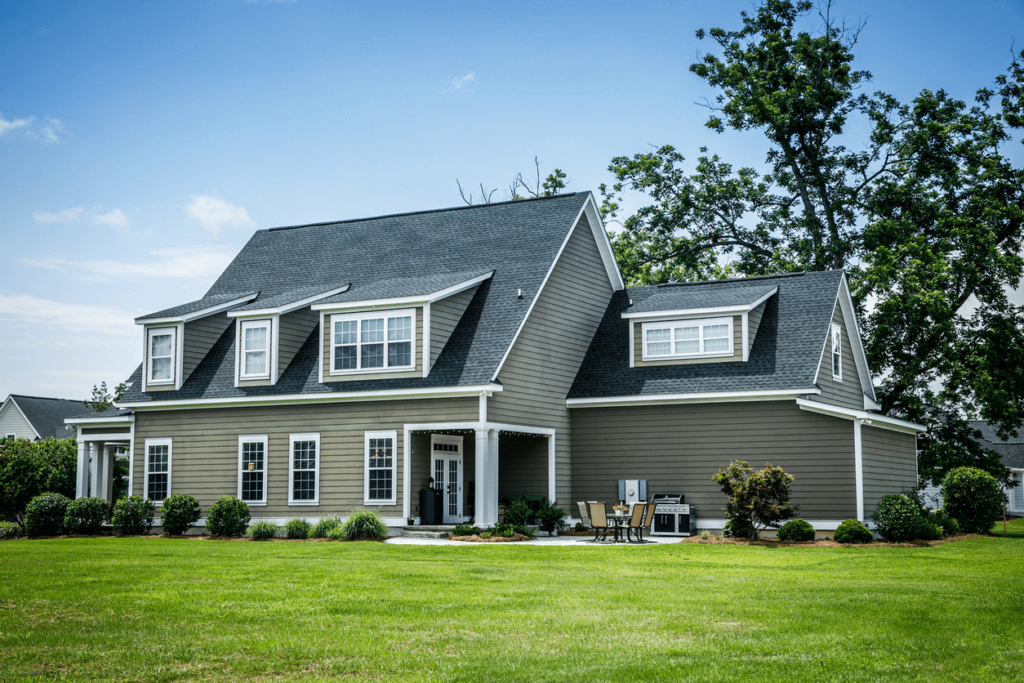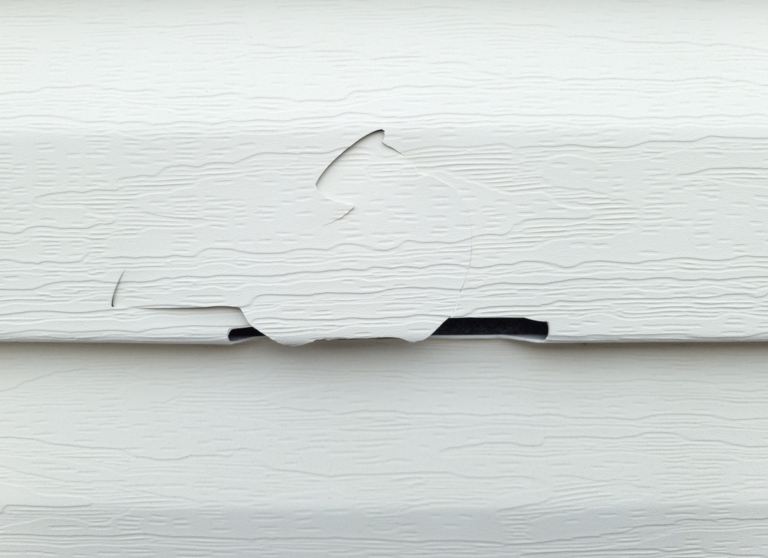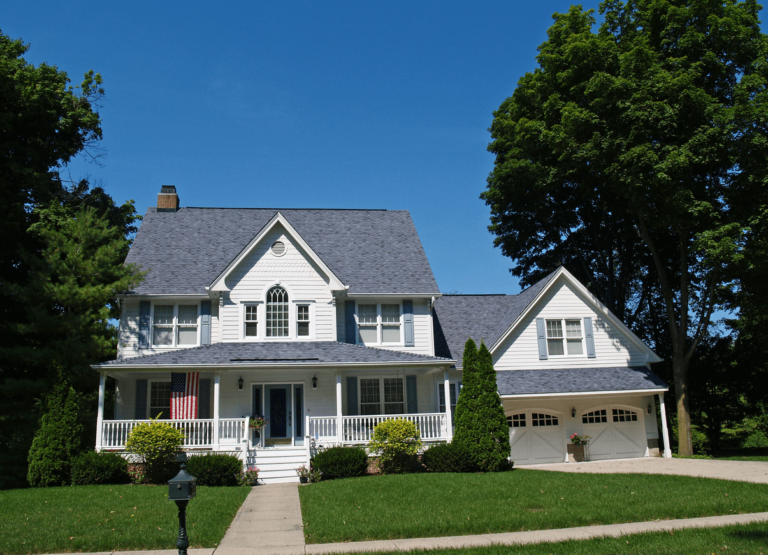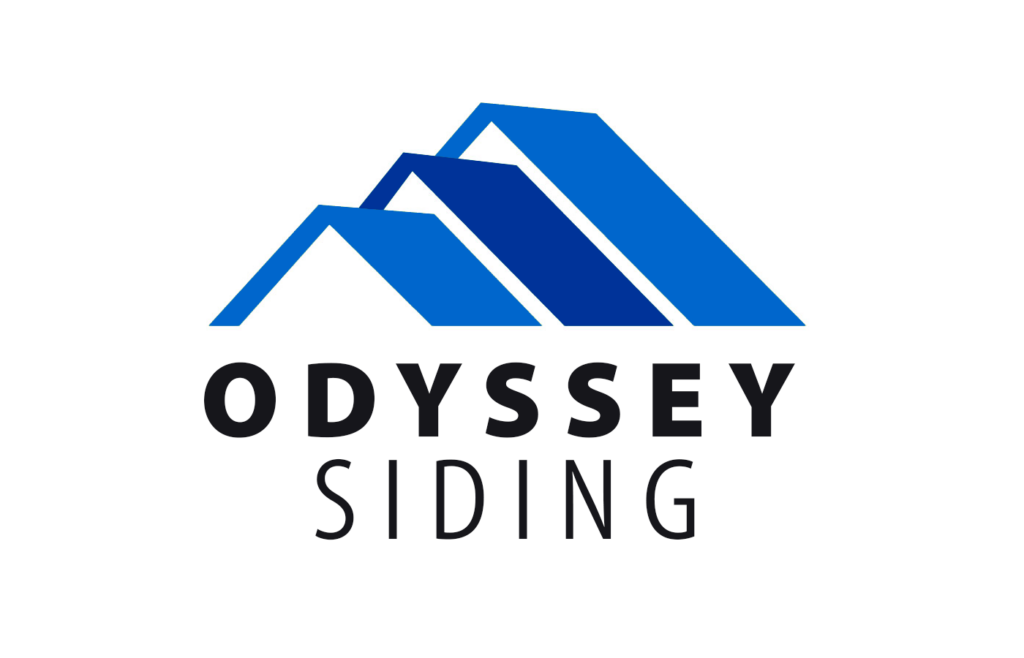Vinyl Siding Pros and Cons

When deciding on the exterior of your home, the choice of siding material plays an important role. Among the various options, vinyl siding stands out for its unique blend of features. This article will look at vinyl siding pros and cons, helping you make an informed decision for your home.
One of the key advantages of vinyl siding is it’s ability to meet a wide array of aesthetic preferences. Because of the large selection of colors, homeowners can personalize the exterior of their home. This flexibility is not just in its appearance. Vinyl siding is known for its durability. It resists elements such as moisture effectively and does not succumb to issues like rot or corrosion.
Unlocking the Benefits of Vinyl Siding
Looking deeper into the benefits of vinyl siding, its appeal to homeowners becomes clearer. One significant benefits is its contribution to energy efficiency. Many vinyl siding options include insulated variants, which add an extra layer of protection against heat loss. This feature not only enhances comfort but can also lead to savings on energy bills, making vinyl siding a practical choice for cost-conscious homeowners.
In terms of overall expenses, vinyl siding is often more budget-friendly compared to other materials. Its durability combined with minimal maintenance needs (no frequent repainting or staining) contributes to its cost-effectiveness over time. The ease of installation is a notable benefit, especially for those looking to quickly update their home’s exterior.
As we weigh the benefits of vinyl siding against the disadvantages of vinyl siding, it’s clear that while it offers practical solutions for many homeowners, it’s also crucial to consider all aspects to make a well-rounded decision.
Understanding the Disadvantages of Vinyl Siding
At the top of the list of the disadvantages of vinyl siding sits the concern about its environmental impact. Vinyl siding is a plastic-based material, and its production and disposal can be less eco-friendly. This is a crucial factor for environmentally conscious homeowners.
Another disadvantage of vinyl siding is its potential for damage in extreme conditions. While generally durable, vinyl can crack in severe cold or warp under extreme heat. Additionally, for homeowners seeking a more authentic look, vinyl siding may not replicate the natural beauty and texture of materials like wood.

Comparing Vinyl Siding vs Brick for Home Exteriors
Moving beyond the vinyl siding pros and cons, let’s compare it with another popular material: brick. Let’s compare vinyl siding vs brick:
Aesthetics
Brick offers a timeless, classic look that many homeowners appreciate. It has a natural, sturdy appearance that can enhance the curb appeal of a home. Vinyl siding, while versatile in style and color, may not match the authentic look of brick but offers a broader range of color options.
Durability and Maintenance
Brick is renowned for its durability and can last for decades with minimal maintenance. Vinyl siding requires occasional cleaning and has a potential for damage but still offers a long-lasting and low-maintenance solution.
Energy Efficiency
Insulated vinyl siding provides added energy efficiency, potentially lowering heating and cooling costs. Brick, while providing natural insulation, might not match the energy-saving benefits of modern insulated vinyl siding.
Cost
When it comes to cost, vinyl siding typically presents a more budget-friendly option compared to brick. The installation of brick can be more labor-intensive and costly, while vinyl siding is known for its cost-effectiveness and ease of installation.

Ready to Transform Your Home? Contact Odyssey Remodeling
As you weigh the pros and cons of vinyl siding and its comparison with brick, the decision-making process can be complex. If you’re considering an update to your home’s exterior, Odyssey Remodeling is here to help. Let our team help you select the best siding option for your home. Reach out to us today to take the first step toward transforming your home.


